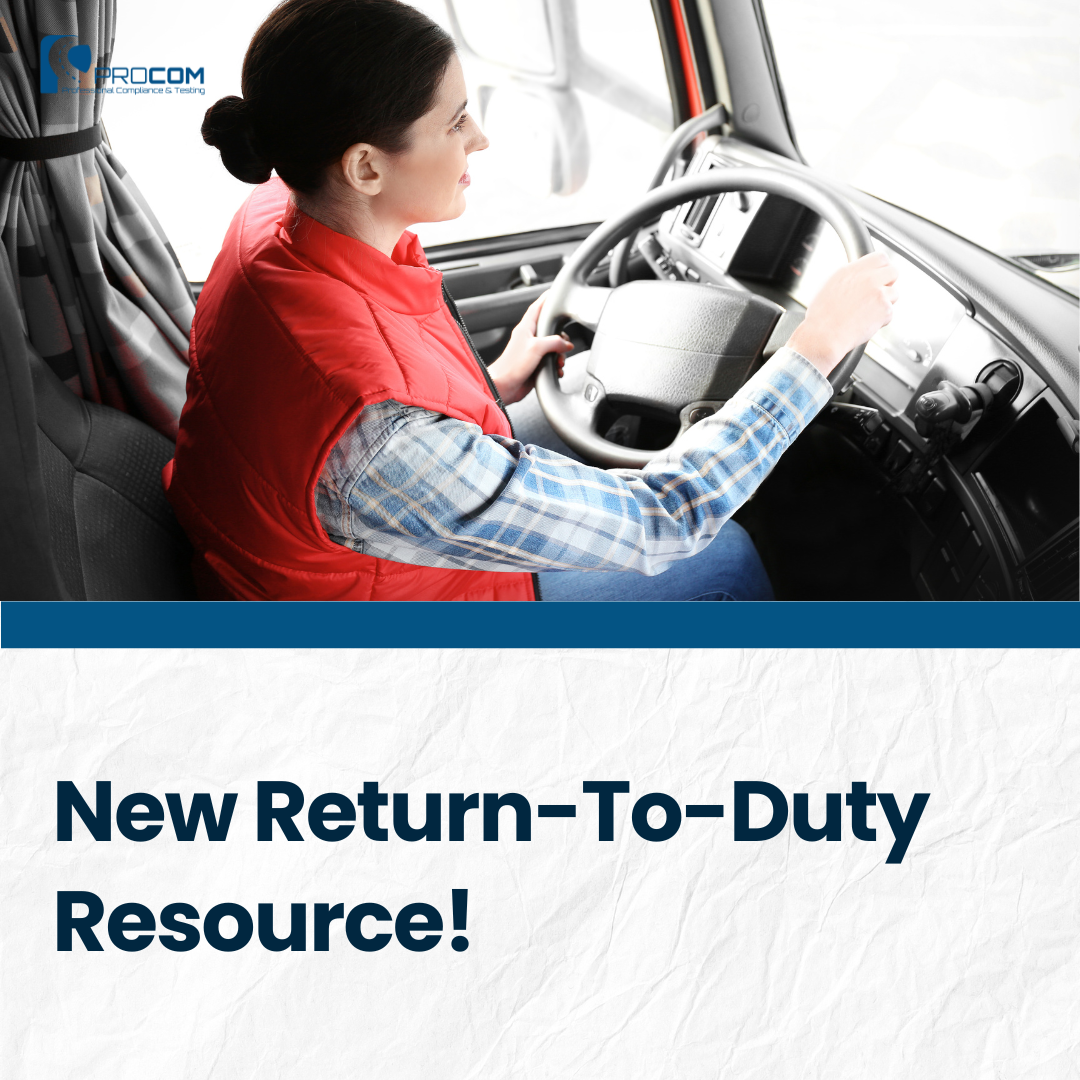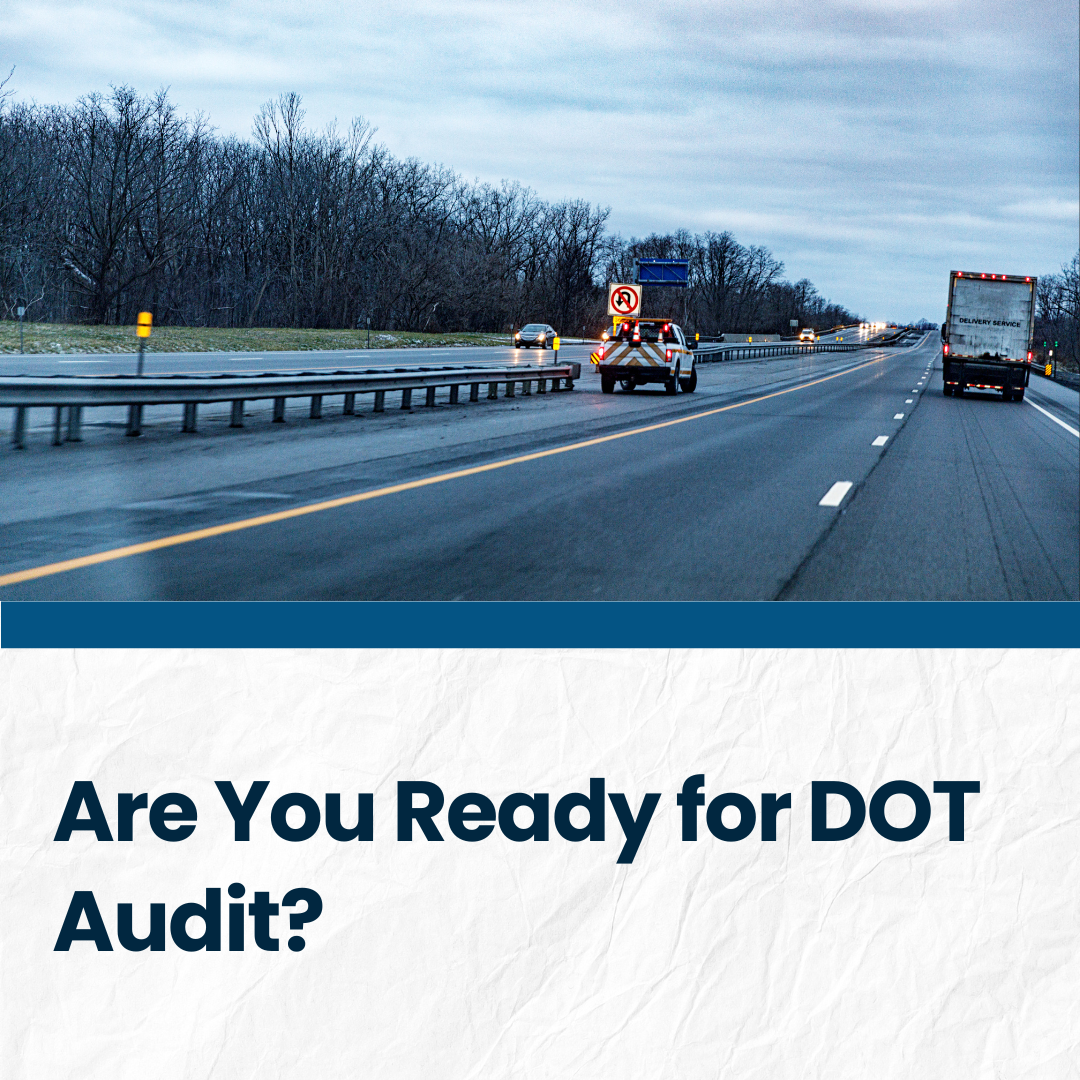The FMCSA Clearinghouse has announced the launch of their new resource that provides a detailed outline of the Clearinghouse Return-to-Duty process for Commercial Driver’s License (CDL) drivers.
This new visor card resource outlines the RTD process that drivers with a “prohibited” Clearinghouse status must complete so they can get their status back to “not prohibited.” We encourage you to familiarize yourself with the outlined steps and incorporate them into your driver management procedures.
As part of our commitment to keeping you informed about important industry updates, this blog post aims to shed light on this critical aspect of CDL driver management.
Understanding the Clearinghouse Return-to-Duty Process:
The Clearinghouse Return-to-Duty process is a vital component of maintaining safety standards within the transportation industry. The Federal Motor Carrier Safety Administration (FMCSA) implemented the Clearinghouse as a central database to collect and store information on CDL driver drug and alcohol violations. It serves as an invaluable tool for employers, ensuring that they have access to accurate information when making hiring decisions.
Return-to-Duty Steps:
1. Identifying the Need: When a CDL driver is found to have violated the drug and alcohol testing regulations, they are flagged in the Clearinghouse. This initial step prompts the employer to address the violation and initiate the Return-to-Duty process.
2. Evaluation by a Substance Abuse Professional (SAP): The CDL driver must complete an evaluation conducted by a qualified Substance Abuse Professional (SAP). The SAP will assess the driver’s situation and recommend an appropriate course of action, such as education, treatment, or counseling.
3. Education and/or Treatment: Based on the SAP’s recommendations, the CDL driver may be required to complete an education or treatment program to address any substance abuse issues. The goal is to ensure the driver is fit to safely return to duty.
4. Follow-up Testing: During the Return-to-Duty process, the CDL driver will be subject to follow-up drug and alcohol testing. These tests help monitor the driver’s ongoing compliance with the regulations and provide reassurance of their commitment to maintaining a safe work environment.
5. Return-to-Duty Decision: Once the CDL driver successfully completes the prescribed program, including any required follow-up testing, the SAP will determine their eligibility for return to safety-sensitive duties. This decision is documented in the Clearinghouse, and the employer can proceed accordingly.
Ensuring Compliance and Safety:
It is crucial for employers to understand and adhere to the Clearinghouse Return-to-Duty process. By doing so, they contribute to maintaining the highest safety standards within the transportation industry. Employers must regularly monitor the Clearinghouse to stay updated on their CDL drivers’ status, ensuring they are eligible for return to duty and minimizing any potential risks.
At PROCOM, we are committed to providing you with the latest industry information and resources. Please feel free to reach out to us if you have any questions or require further assistance. Together, we can uphold the highest safety standards and promote excellence within the transportation industry.




